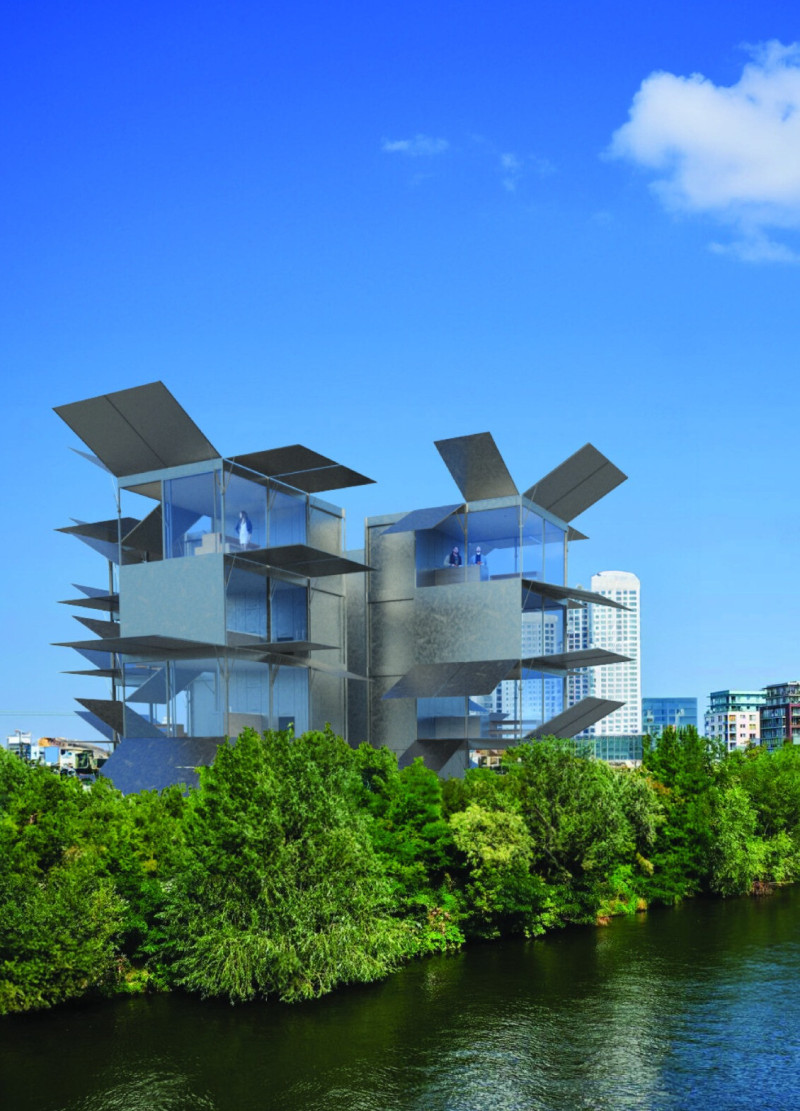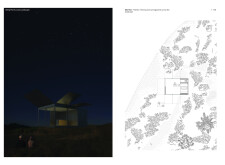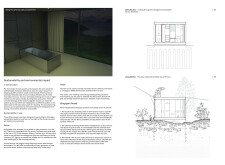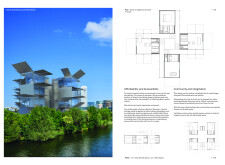5 key facts about this project
## Overview
The Utility Pod is designed as a compact and adaptable living solution suitable for rural landscapes. The project addresses housing needs by integrating functionality with sustainability, leveraging eco-friendly materials and technologies to create a practical living environment that interacts effectively with its natural surroundings.
## Spatial Efficiency
Measuring 2m x 4m, the Utility Pod features a modular design that allows for ease of transportation and flexible configuration, making it applicable as a holiday home, guest accommodation, or part of a larger community setup. The interior layout is meticulously organized to optimize essential living functions, including a washroom, kitchen, and sleeping area, while maintaining a compact footprint. Key components, such as a fold-down bed and retractable kitchen, support efficient space usage without sacrificing comfort.
## Sustainable Design Elements
The Utility Pod incorporates several innovative sustainability features. A flat roof captures rainwater for domestic use, promoting eco-friendly resource management. The structure is equipped with solar panels for electricity generation, supplemented by hot water systems, reducing reliance on non-renewable resources. High-performance materials, including Kingspan QuadCore insulated panels and a steel frame, contribute to energy efficiency and durability. Additionally, recycled concrete is utilized for the footings, reinforcing the project's commitment to minimizing environmental impact.
Large transparent elements throughout the design enhance occupants' connection to their outdoor environment, offering panoramic views while allowing for adjustable natural light. These thoughtful design choices collectively promote a lifestyle rooted in sustainability and community engagement.






















































